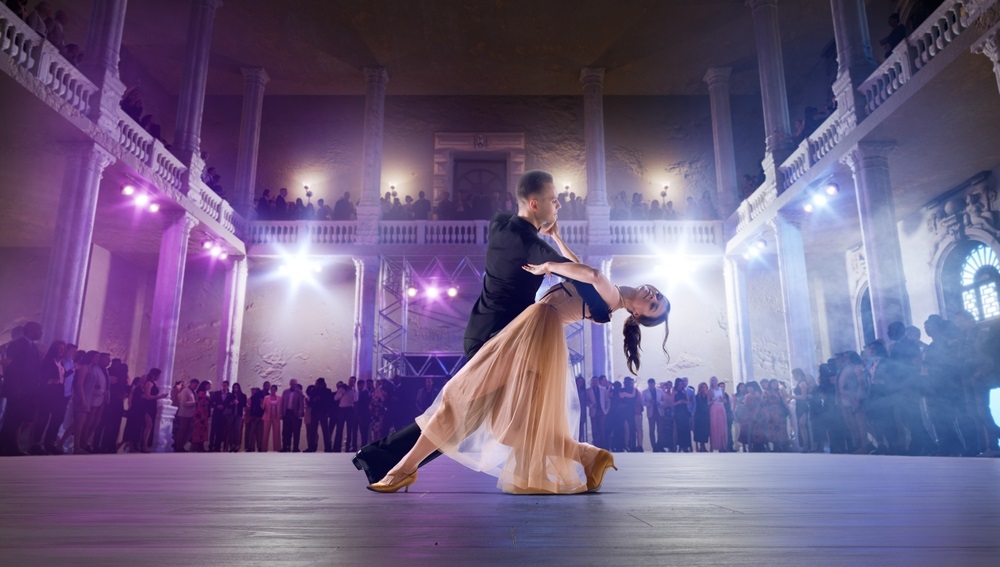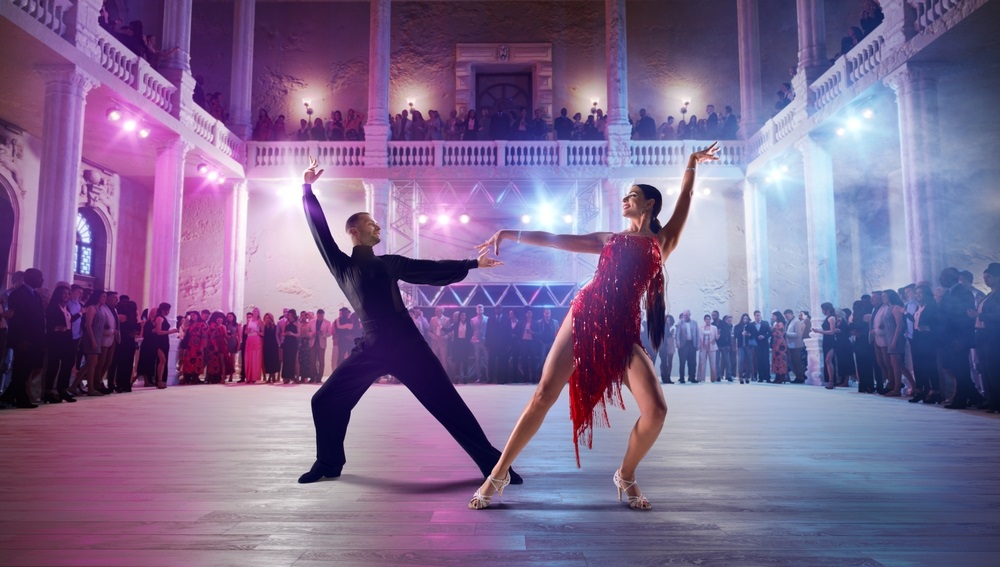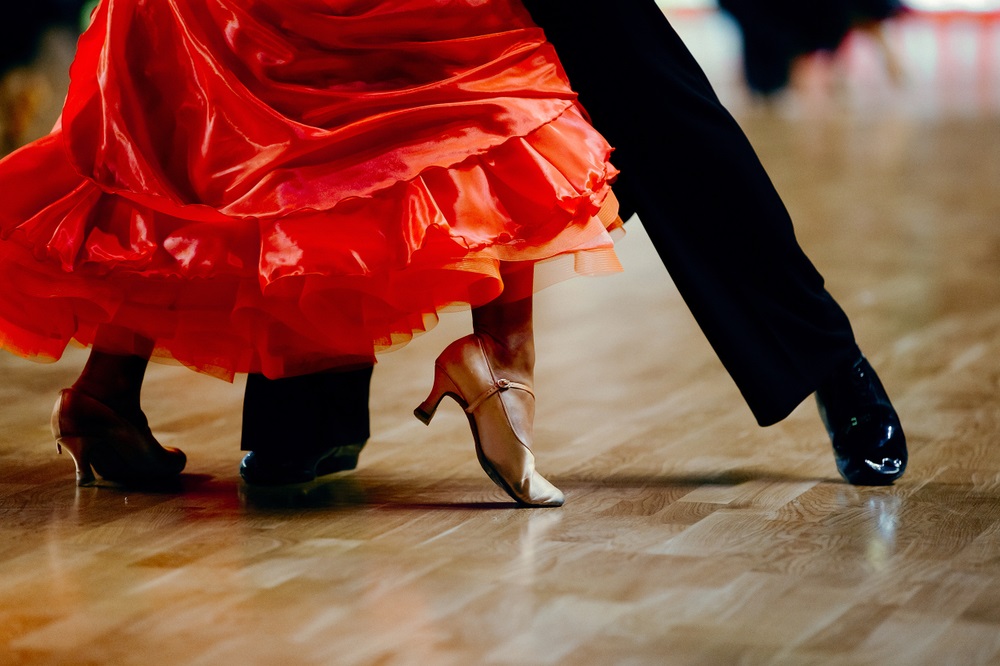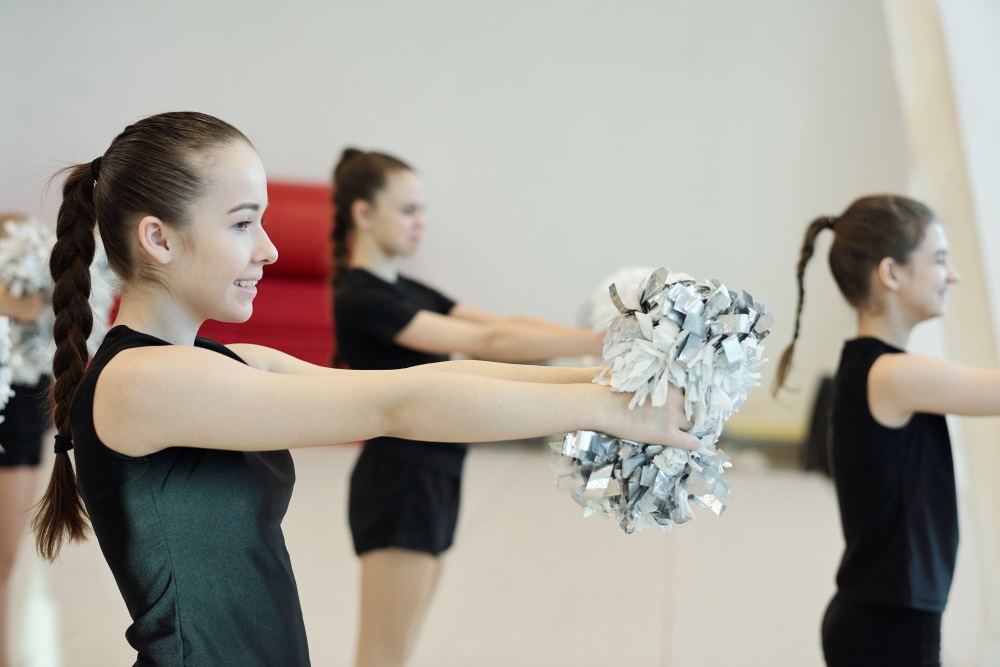
Dance competition careers are a thrilling yet demanding path for dancers looking to push the boundaries of their artistry. These careers are not just about winning trophies; they’re about mastering a wide array of skills, from technical prowess and performance artistry to networking and adaptability. To thrive in the competitive dance industry, dancers must balance physical excellence with mental resilience while staying attuned to evolving trends. This guide by Jobeling explores the critical skills needed to excel in dance competition careers and achieve long-term success.
Contents
Mastering Technical Dance Skills
The foundation of any successful dance competition career is technical expertise. Technical skills provide the precision and execution necessary to impress judges, choreographers, and audiences.

Mastering these skills ensures that your movements are clean, powerful, and executed with confidence.
A technically skilled dancer demonstrates control over their body, flawless transitions, and an ability to execute complex choreography with ease. The focus on fundamentals like turns, leaps, and flexibility sets the stage for a standout performance. The more polished your technique, the better prepared you’ll be to handle the high demands of competitive choreography.
Perfecting Your Technique
Technique is the core of dance competition careers. Competitions often reward dancers who can execute intricate movements with grace and precision. This includes elements like clean pirouettes, dynamic jumps, and fluid floor work. Regular practice under professional guidance ensures consistency and refinement. Attending workshops and masterclasses with renowned instructors can provide advanced insights into perfecting technique.
Analyzing your performances through videos is another effective way to identify areas for improvement. Small adjustments in posture, footwork, or arm placement can elevate your performance and help you stand out in competitions. Over time, consistent dedication to technique will become your biggest asset.
Embracing Versatility
Versatility is highly valued in dance competition careers, as competitions often feature a mix of styles and challenges. A versatile dancer is one who can transition effortlessly between ballet, hip-hop, jazz, contemporary, and other styles. This adaptability allows you to meet the expectations of various choreographers and judges.
To enhance versatility, enroll in classes across diverse styles. For instance, if you specialize in classical dance, try exploring urban dance or Latin styles. Not only will this broaden your skill set, but it will also make you more marketable to choreographers and competition organizers.
Developing Strong Performance Skills
While technique forms the backbone of a dancer’s career, performance skills add the emotional and artistic layer that captivates audiences. Successful dancers in competitive settings can connect emotionally with their routines and bring choreography to life.
Performance skills are not just about showing your moves; they’re about conveying a story, mood, or message. Judges often look for performers who go beyond the steps and create a memorable impression with their artistic interpretation.
Expressing Emotion and Storytelling
Storytelling is an essential component of dance competition careers. Judges are not only assessing your ability to execute choreography but also how well you can connect with the narrative of the routine.
To improve your storytelling, study the emotional tone of the choreography. Ask yourself questions like: “What is the story behind this piece?” or “How can I reflect this emotion in my movements?” Use your facial expressions, gestures, and posture to portray the intended feeling. Whether it’s joy, sorrow, or defiance, the ability to convey emotion convincingly will leave a lasting impact.
Building Stage Presence
Stage presence is what separates good dancers from unforgettable ones. In the competitive world of dance, the ability to command attention on stage is critical. Confidence, posture, and energy are the key elements of stage presence.
Practicing in front of mirrors, recording yourself, and performing for small audiences can help you build confidence. Focus on maintaining strong eye contact, fluid movement, and dynamic transitions. The more comfortable you feel performing, the more naturally your stage presence will shine.
Prioritizing Physical Fitness and Stamina
Physical endurance is critical in dance competition careers, where long rehearsals and back-to-back performances can take a toll on the body.

Maintaining peak physical fitness ensures that you can deliver high-energy routines without compromising on technique.
Fitness is not just about strength; it encompasses flexibility, endurance, and injury prevention. Building a balanced fitness routine helps you perform consistently at your best while reducing the risk of injuries that could sideline your career.
Maintaining Strength and Flexibility
Strength and flexibility are the cornerstones of competitive dance. Strength enhances stability and control, while flexibility allows for extended lines and seamless transitions. Incorporate exercises like resistance training, Pilates, and yoga into your fitness regimen.
Focus on building core strength, as it supports balance and precision during complex choreography. Regular stretching sessions improve flexibility and help you achieve challenging positions like high kicks, splits, and backbends. Flexibility also reduces muscle tension, making it easier to recover after demanding routines.
Building Stamina
Stamina is essential for high-energy routines that require explosive movements and sustained effort. Without proper endurance, even the most skilled dancers can falter during performances. Cardio exercises such as running, swimming, or cycling can build cardiovascular health and stamina.
Dance-specific drills, such as repeating routines at full intensity, mimic the physical demands of competitions. Combine cardio with interval training to prepare for the bursts of energy required during competitive routines. Consistent stamina training will help you execute routines flawlessly from start to finish.
Strengthening Mental Resilience
The high-pressure environment of dance competition careers can test even the most confident dancers. Success requires mental toughness and the ability to stay focused despite setbacks or challenges.
Competitive dancers face constant judgment, criticism, and performance pressure. Developing mental resilience allows you to handle these challenges with grace and determination. Resilient dancers not only recover from setbacks quickly but also grow stronger through adversity.
Coping with Criticism
Constructive feedback is an integral part of competitive dance. It helps you identify areas for improvement and refine your skills. However, receiving criticism can be challenging, especially after a disappointing performance.
To handle criticism effectively, shift your perspective and view feedback as an opportunity for growth. Remind yourself that even top dancers continually seek ways to improve. Cultivate a growth mindset and focus on applying the critiques to your next performance.
Managing Performance Anxiety
Performance anxiety is a common hurdle for dancers in competitive settings. The pressure to deliver a perfect routine can sometimes feel overwhelming. To manage anxiety, establish a pre-performance routine that calms your nerves.
Visualization is a powerful tool—picture yourself executing the routine flawlessly. Deep breathing exercises can also help reduce stress and promote focus. By preparing thoroughly and maintaining a positive mindset, you’ll feel more confident stepping onto the stage.
Building a Professional Network
In dance competition careers, talent alone is often not enough to guarantee success. Networking with industry professionals and peers is an essential aspect of advancing your career. Building connections can lead to opportunities for collaborations, mentorships, and access to high-profile competitions or projects.

A strong professional network opens doors to opportunities that might not be available through traditional channels. In the dance world, who you know can sometimes matter as much as what you know. By fostering meaningful relationships with choreographers, directors, and fellow dancers, you can create a support system that propels your career forward.
Connecting with Industry Professionals
Attending workshops, conventions, and auditions is a great way to connect with influential figures in the dance world. These events often bring together choreographers, competition organizers, and agency representatives who are looking for talented dancers.
When interacting with professionals, approach them with a blend of confidence and humility. Share your experiences, express genuine interest in their work, and ask for advice. Social media platforms like Instagram and LinkedIn can also be valuable tools for staying in touch with professionals. Follow their projects, engage with their content, and showcase your work to stay visible.
Collaborating with Peers
Collaborating with other dancers is another effective way to expand your network. Teaming up for group routines, independent showcases, or online dance challenges allows you to share ideas, learn new techniques, and build lasting relationships.
Peers often serve as valuable sources of information about upcoming auditions, events, or choreographers to work with. Strong collaborations can also lead to recommendations or invitations to join dance crews and professional ensembles. By cultivating positive and professional relationships with your peers, you’ll create a network that supports your career growth.
FAQs
How do I start a career in dance competitions?
Begin by mastering your technique, creating a professional network, and entering smaller competitions to gain experience. Apps like Jobeling can help connect you with larger opportunities.
What are the most important skills for competitive dancers?
Technical precision, stage presence, physical endurance, and mental resilience are essential for excelling in dance competition careers.
How can I improve my stage presence?
Build confidence by practicing in front of mirrors, cameras, or small audiences. Focus on posture, eye contact, and emoting through your movements.
How do I manage performance anxiety during competitions?
Use breathing exercises, visualization techniques, and thorough preparation to calm nerves and build confidence before stepping on stage.
How can Jobeling help my dance competition career?
Jobeling connects dancers with top choreographers, competitions, and industry professionals, giving you access to exclusive opportunities to advance your career.
Conclusion
Thriving in dance competition careers requires a combination of technical expertise, artistic expression, physical fitness, and mental resilience. Building a professional network and staying adaptable to industry trends are just as crucial for long-term success. By mastering these essential skills, you’ll be well-equipped to shine on any stage and achieve your competitive dance goals.
To accelerate your career in the competitive dance world, join Jobeling, the premier talent agency app connecting dancers with top competitions, choreographers, and industry professionals. Sign up for the Jobeling waitlist today and gain access to exclusive opportunities to take your dance career to the next level!
